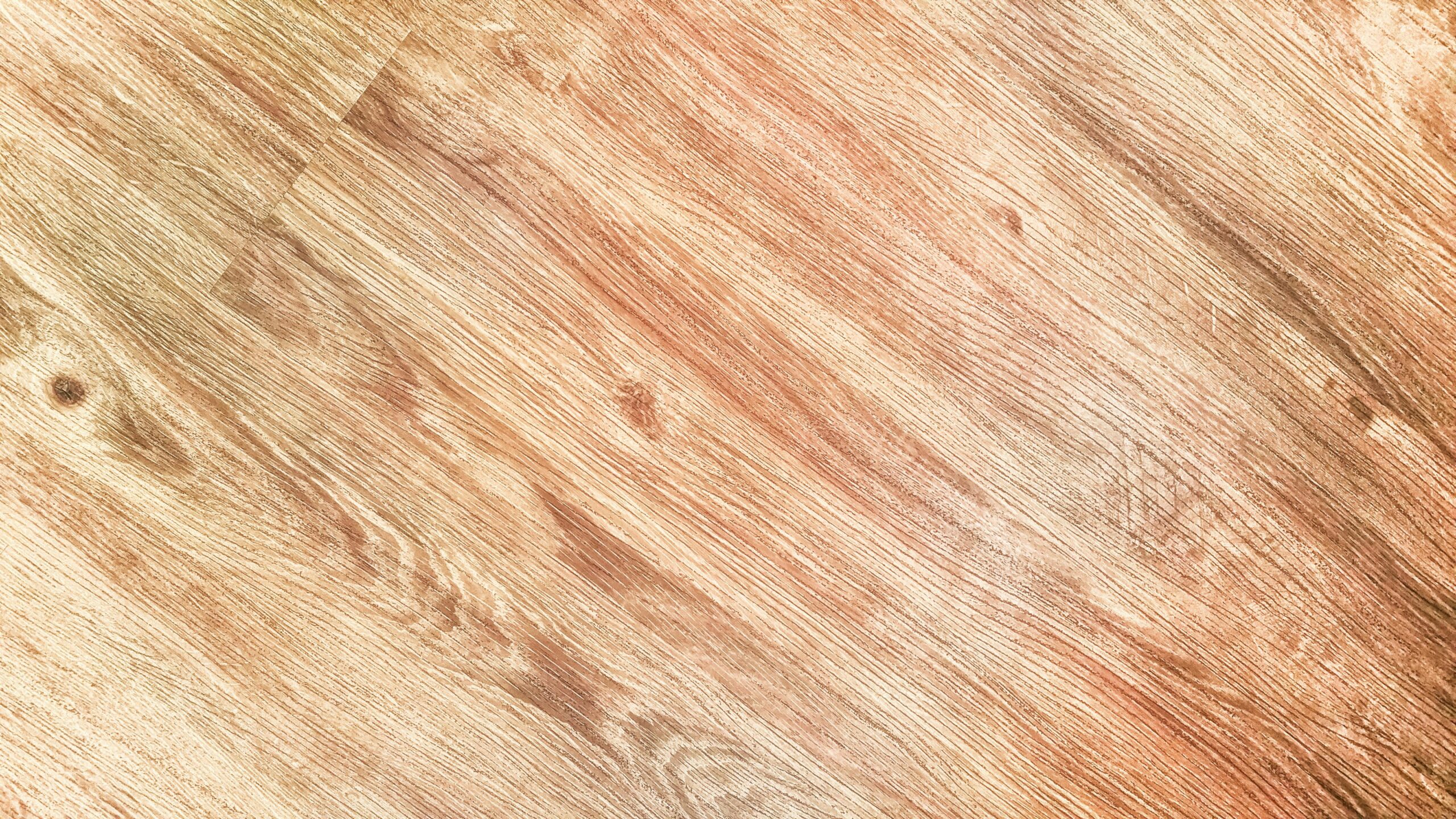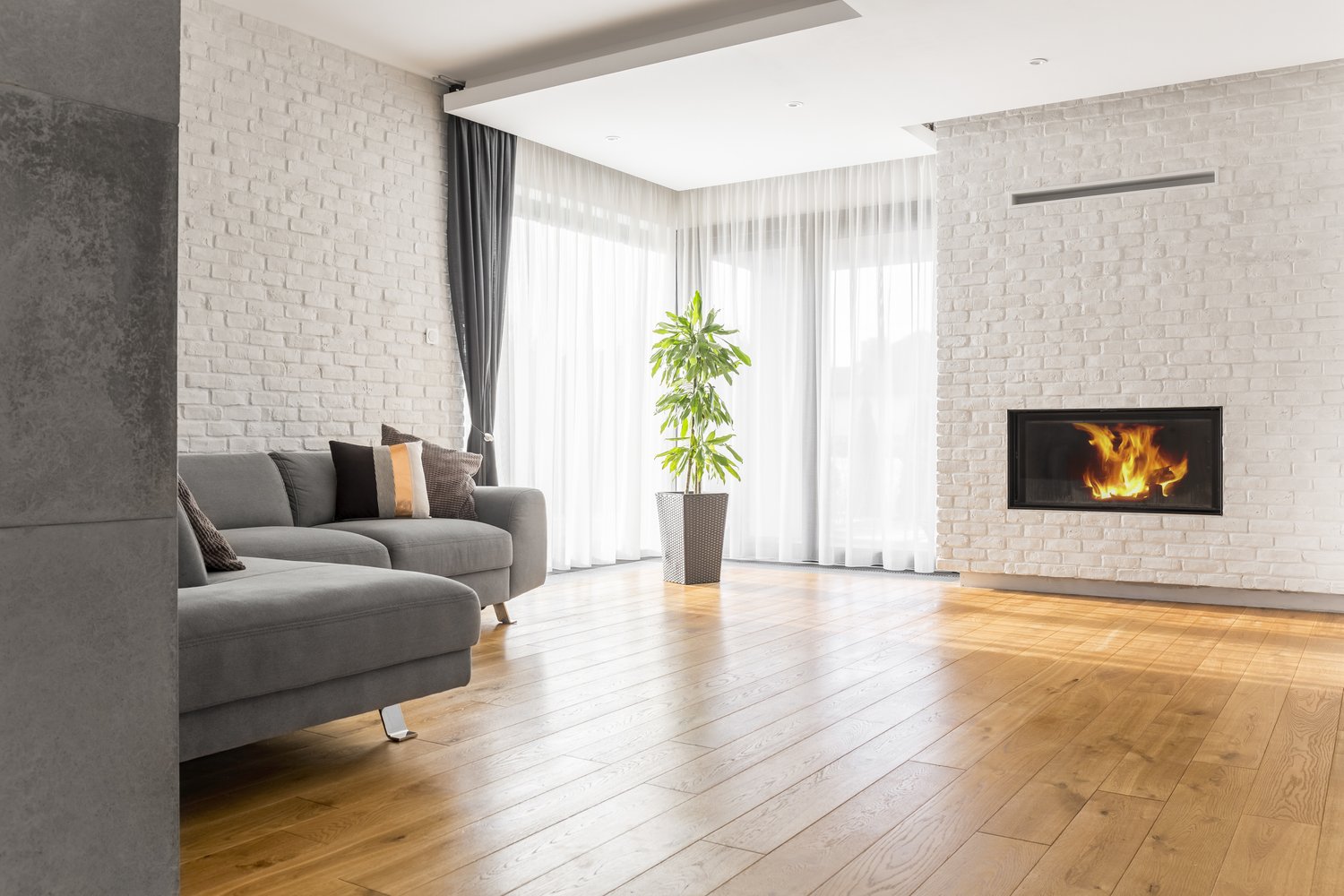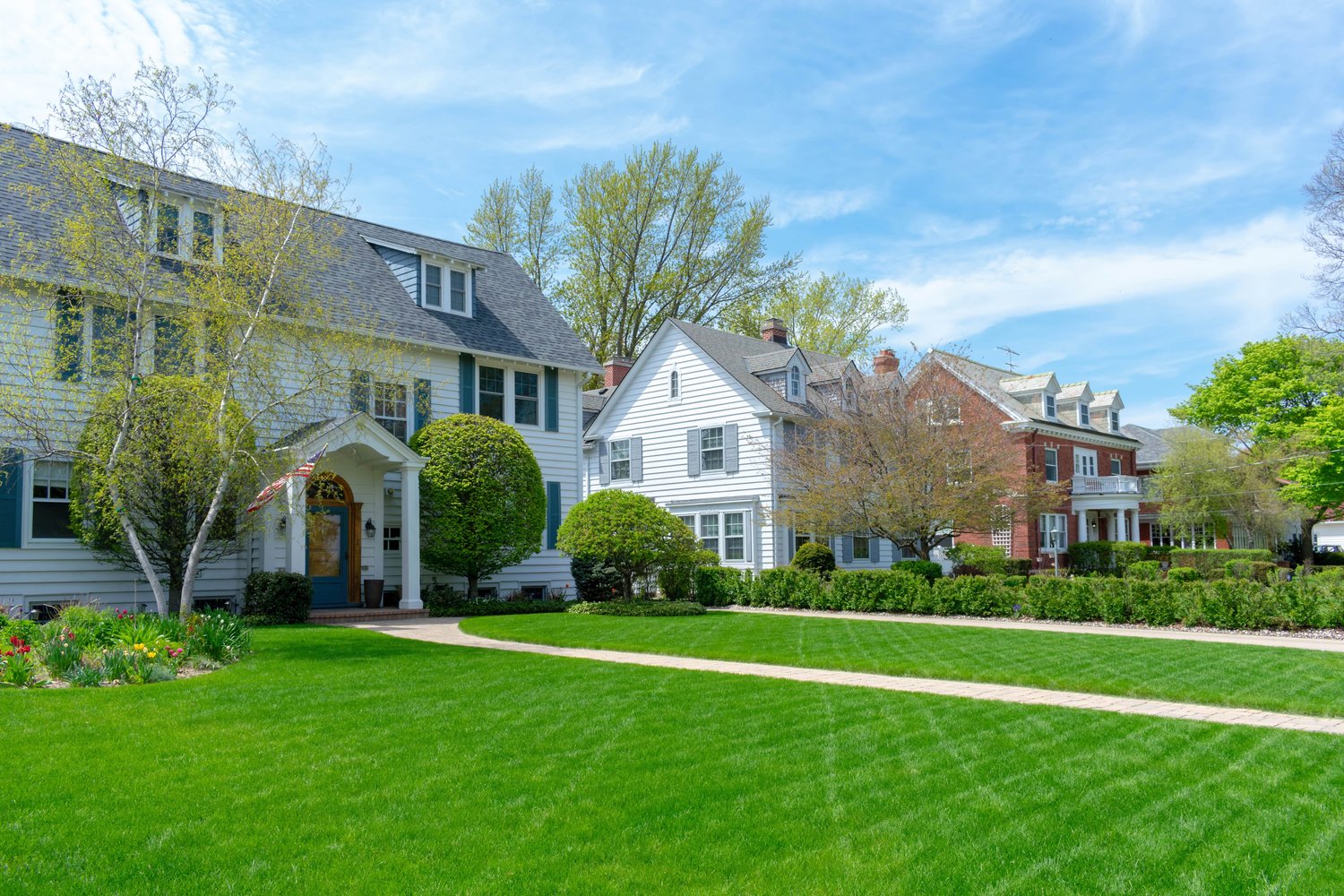Luxury Vinyl Plank (LVP) flooring has surged in popularity over the past decade, becoming a go-to choice for homeowners seeking the perfect balance between aesthetics and practicality. This modern flooring option mimics the look of natural materials like hardwood and stone while offering superior durability and water resistance. As you consider new flooring for your home, understanding the advantages and disadvantages of LVP can help you make an informed decision that aligns with your lifestyle, budget, and design preferences.
What Is Luxury Vinyl Plank Flooring?
Luxury vinyl plank flooring, often abbreviated as LVP, is a synthetic flooring product designed to replicate the appearance of hardwood while offering enhanced durability and maintenance benefits. Its cousin, Luxury Vinyl Tile (LVT), mimics the look of stone or ceramic tile. Both types consist of multiple layers: a wear layer that protects against scratches and stains, a decorative layer featuring high-resolution imagery, a core layer providing stability, and a backing layer that adds comfort and sound absorption. Modern manufacturing techniques have made luxury vinyl plank flooring remarkably realistic, with textured surfaces and detailed grain patterns that can be nearly indistinguishable from natural materials.
The Advantages of LVP Flooring
The waterproof nature of luxury vinyl plank flooring makes it an excellent choice for moisture-prone areas like kitchens, bathrooms, and basements where traditional hardwood would quickly deteriorate. Unlike laminate flooring which typically has a fiberboard core susceptible to water damage, most LVP products feature 100% waterproof construction. This means spills can sit for hours without causing damage to the flooring, providing peace of mind for busy households with children or pets.
Durability stands as another significant advantage of LVP. The wear layer, measured in mils (thousandths of an inch), protects against scratches, dents, and stains. Higher-quality LVP products offer wear layers ranging from 12 to 22 mils, with thicker layers providing greater protection. This remarkable durability makes LVP well-suited for high-traffic areas and homes with active children or pets. Many manufacturers back their products with warranties ranging from 10 to 30 years, reflecting confidence in their longevity.
Installation of LVP is relatively straightforward compared to other flooring options. Many systems feature click-lock mechanisms allowing for floating floor installation without adhesives. Some homeowners with basic DIY skills can tackle LVP installation themselves, potentially saving on professional installation costs. For those seeking professional help, AskHomey can connect you with qualified flooring contractors in your area who specialize in waterproof vinyl flooring options.
Cost-effectiveness is another compelling reason homeowners choose LVP. When evaluating luxury vinyl plank flooring pros cons reviews cost, many find that LVP provides an attractive middle ground. Typically ranging from $2 to $7 per square foot for materials (with premium options reaching $10+), LVP offers the upscale look of hardwood at a fraction of the price. The total project cost remains lower than hardwood when factoring in simpler installation and reduced maintenance requirements.
The Drawbacks of LVP Flooring
Despite its many advantages, LVP has limitations worth considering. In the lvp vs laminate vs hardwood comparison, one notable drawback is its impact on home resale value. While high-quality LVP can enhance marketability, it generally doesn’t add the same property value as genuine hardwood floors, which remain the gold standard for many homebuyers and real estate professionals.
Environmental concerns present another consideration. Most luxury vinyl products are petroleum-based and not biodegradable. Although recyclable in theory, practical recycling options remain limited in many areas. Environmentally conscious consumers should look for manufacturers who maintain sustainable practices and products with low VOC emissions certified by organizations like FloorScore or GreenGuard.
The potential for fading presents another challenge. While modern LVP products have improved UV resistance, prolonged exposure to direct sunlight can cause discoloration over time. Rooms with large windows or abundant natural light may require window treatments or periodic rotation of area rugs to ensure even aging of the flooring.
Finally, repair options for LVP can be limited. Unlike hardwood which can be refinished multiple times, damaged LVP planks typically need replacement. While individual plank replacement is possible with many click-lock systems, matching older installed flooring with new replacement pieces can sometimes be challenging due to dye lot variations or discontinued patterns.
Is LVP Right for Your Home?
When deciding if luxury vinyl plank flooring suits your needs, consider your lifestyle, budget, and design preferences. LVP proves particularly valuable in homes with children, pets, or high moisture areas. Its realistic appearance, durability, and waterproof properties make it versatile for nearly any room. However, those seeking the highest resale value or prioritizing environmental considerations might prefer natural hardwood or sustainable alternatives.
The expanding market for waterproof vinyl flooring options means consumers now have unprecedented choices in styles, colors, and quality levels. Taking time to research specific brands, read customer reviews, and view samples in your actual home lighting can help ensure satisfaction with your final selection.
For more tips and to connect with reliable home service professionals, follow AskHomey on Facebook and Instagram.



